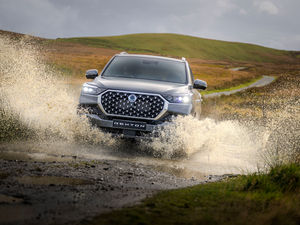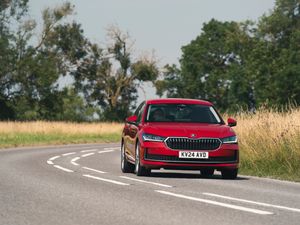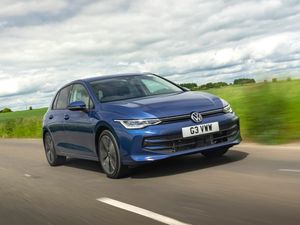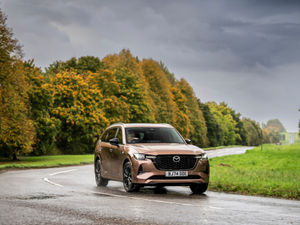UK Drive: Peugeot’s popular 208 supermini has been given a midlife makeover
Available in petrol, hybrid and electric format, does this updated car improve what already was a good supermini? Cameron Richards finds out.
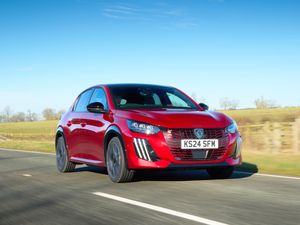
What is it?
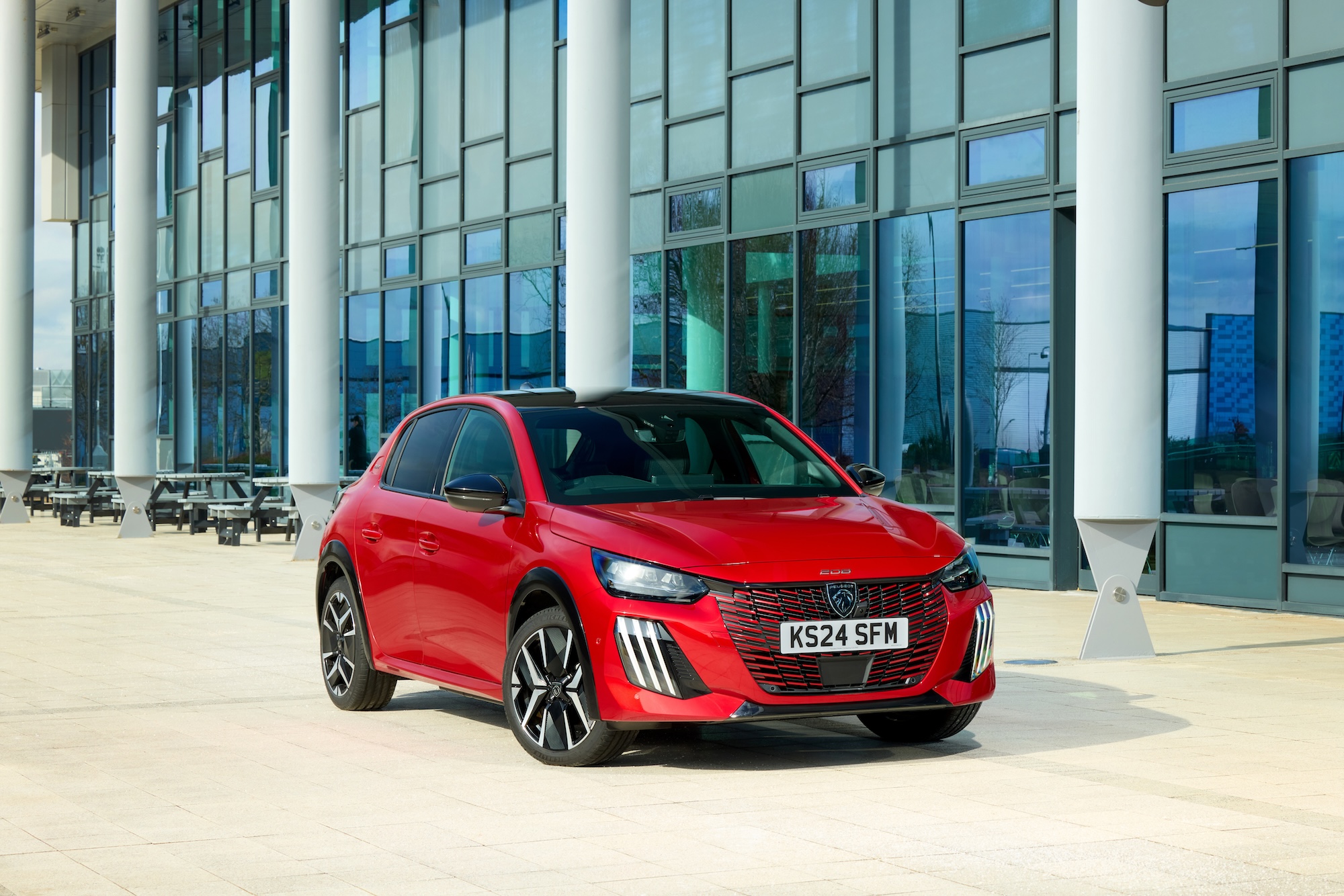
The 208 is an important car for Peugeot as it is the firm’s smallest model and one of its most popular.
Since 2020, it has been using the same chassis and mechanical underpinnings as one of Britain’s most loved cars, the Vauxhall Corsa. And, while that might put some people off, Peugeot’s reputation for making fun, agile and exciting small cars hasn’t gone a miss with the 208.
What’s new?

It’s subtle yet noticeable, but the exterior has an updated front end with a new radiator grille and lion claw LED daytime running lights. The interior has also been given extremely minor changes such as a redesigned gear selector and a larger touchscreen system, but apart from that, the car has remained the same, which isn’t a bad thing because the 208 is a great-looking car inside and out – to our eyes, at least.
More noticeable is the option of two new hybrid powertrains, which should give more choice for the consumer looking for one of these Polo-sized superminis.
What’s under the bonnet?
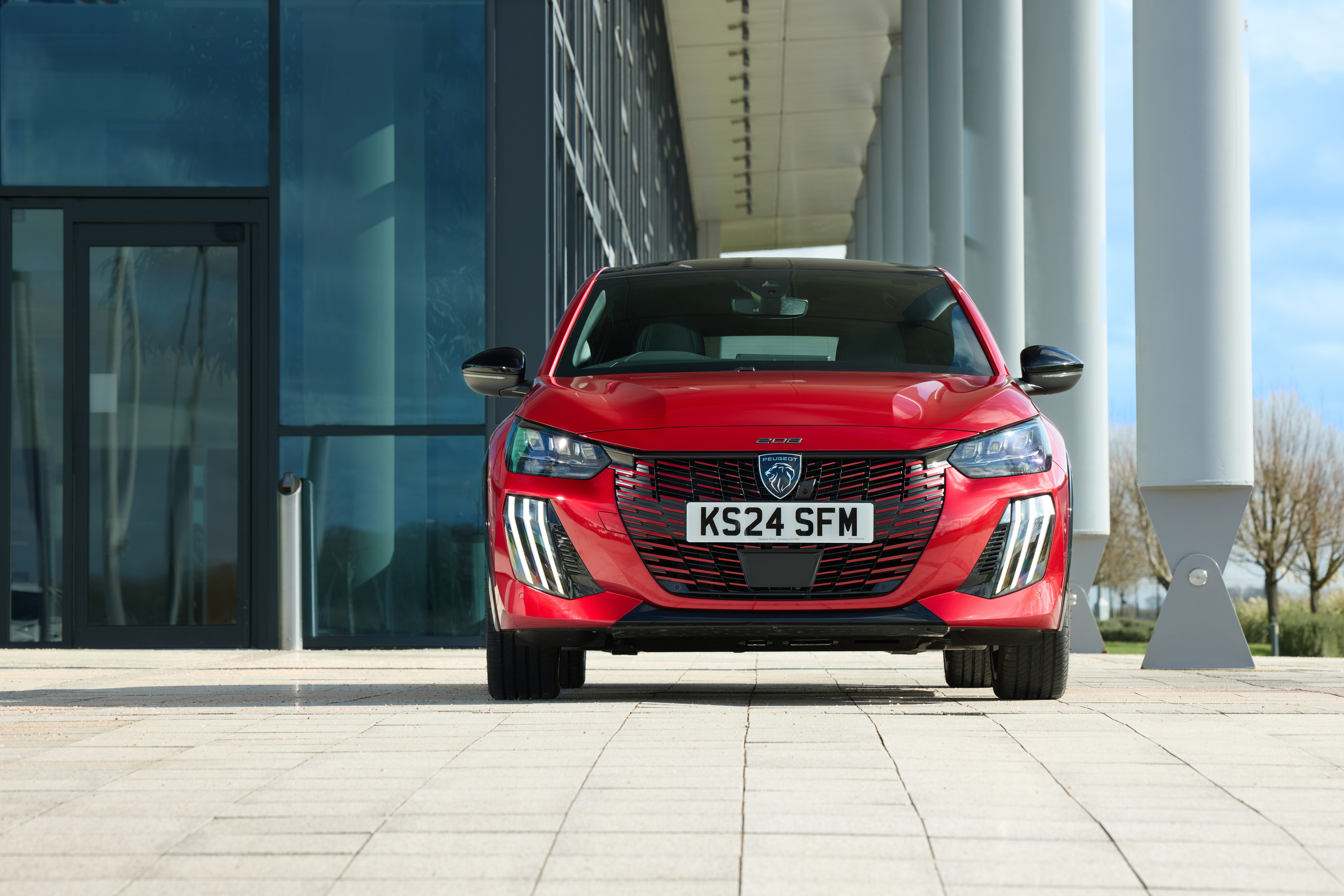
You can get the baby Peugeot with a choice of up to five different engines offering petrol, hybrid and electric versions.
We’re driving the 1.2-litre turbocharged petrol hybrid which is available in two different power guises.
Our car is the more powerful 134bhp unit that also produces 230Nm of torque and does 0-60mph in 7.9 seconds before running out of puff at 127mph. All hybrid and electric versions of the 208 come with an automatic gearbox as standard, although the entry-level 1.2-litre turbocharged petrol engine comes with a six-speed manual.
What’s it like to drive?

Firstly the negatives. The 208 still has the firm’s traditional stubby and compact steering wheel that, although feels great to use, obscures the dials depending on your seating position.
Now, small Peugeot’s have grown a reputation to be fun and nimble and this improved 208 certainly follows the footsteps of older models in the range. Around town the car is easy to manoeuvre and has very light steering. Out on the open road, although the steering is vague, sport mode adds a bit of weight to it and sharpens the throttle response, which transforms the car into a fairly entertaining little car. By no means does it have the charisma or charm of hot Peugeots of yesteryear, but as an everyday small car, it really isn’t bad.
What’s more, the efficiency of the hybrid powertrain means that on a good run you’ll see fuel economy readings of 50 to 55mpg and on the motorway although there is a fair bit of tyre roar from our test car’s larger alloy wheels – wind and road noise is kept to a minimum.
How does it look?

Considering underneath its skin lies the mechanicals of a Vauxhall Corsa, Peugeot has done a great job in differentiating the two.
The famous lion claw LED daytime running lights give the front an aggressive presence and the firm’s new logo is now located in the grille with a ‘208’ badge positioned at the top of the bumper.
The side profile has a rather muscular look with deep creases and bodylines that run the width of the doors, plus at the back the gloss black rear diffuser and further lion claw themed lights continue adding to the car’s sporty appeal.
What’s it like inside?

All Peugeots have a dynamic and driver focused edge in their interiors and the 208 has lots of this reminiscence. The dashboard is angled towards the driver and the aeroplane-styled shortcut toggle switches still carry on from the old car, too. Interior quality is good, with only lower down trim feeling a little cheaper in places, but the piano black trim and carbon fibre effect door card surrounds on our test car makes the cabin feel more upmarket without being tacky and over the top.
The only downsides are the typically French miniature glove compartment and the interior space in the back is on the compact side with limited knee and headroom, plus the rear doors are rather small, making access to the rear harder, as well. The boot space stands at 352 litres with the seats in place and extends to 1,163 litres with them flipped down, which is on par with its German rival, the Volkswagen Polo and bigger than its French competitor, the Renault Clio.
What’s the spec like?
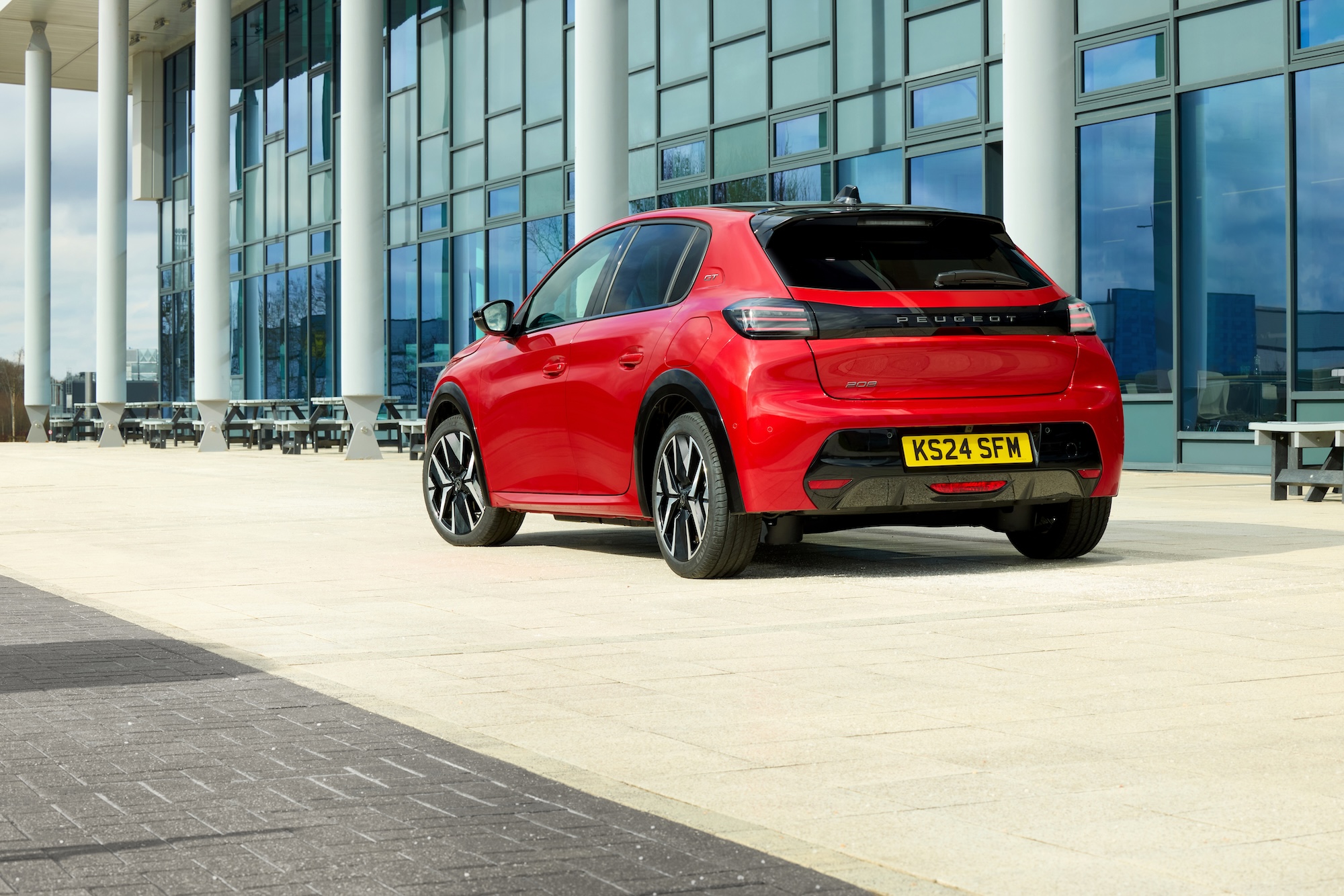
There are only three trim levels to choose from and whatever model you go for, there are plenty of toys to keep anyone happy with the range consisting of Active, Allure and GT.
The entry-level Active is priced at £20,860 and includes automatic headlights and wipers, climate control and LED headlights.
We’re driving the top-of-the-line GT which comes in at £25,810 and boasts ambient lighting with a choice of eight colours, a black roof and 3D instrument panel. Our exact test car with a few options is over £30,000 which is pricey when you come to think that it’s still a car competing with the Volkswagen Polo and Renault Clio.
Verdict
Small Peugeots always prove themselves popular in the UK and this updated 208 will continue that trend.
Not only has this update improved what already was a good looking supermini, but the new hybrid powertrain really suits the car as it combines decent fuel economy and efficiency with more power and better driving dynamics.
The biggest issue is the price. With our test car’s £30,000 asking price, it makes it dearer than a Toyota Yaris hybrid which is more fuel efficient and has a better powertrain setup. But, if you take into account its overall package, the 208 is still an entertaining and likeable supermini that oozes French chic.


